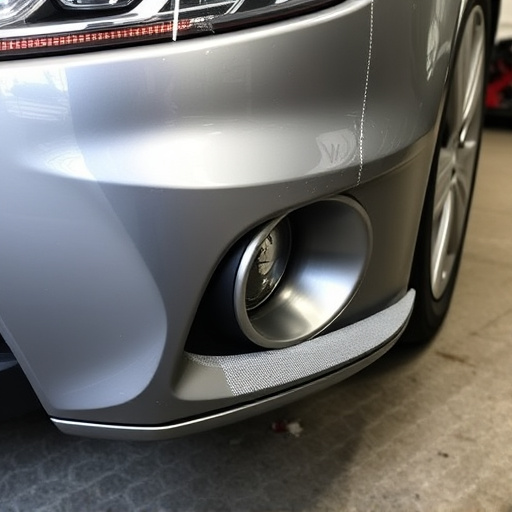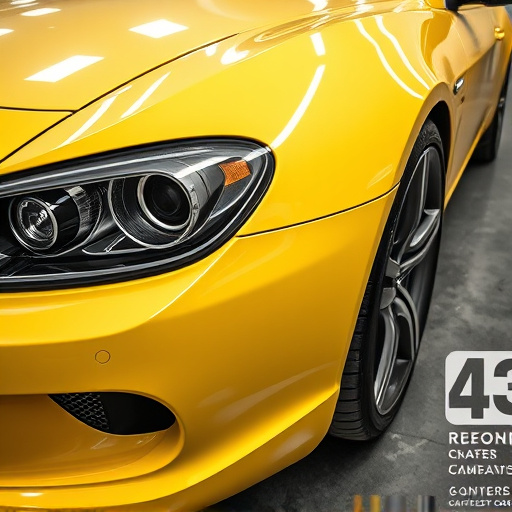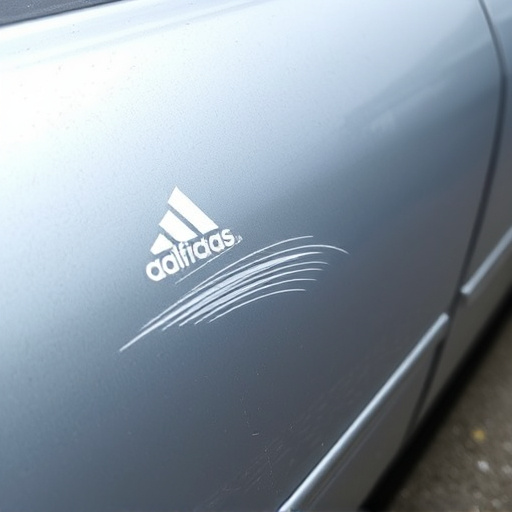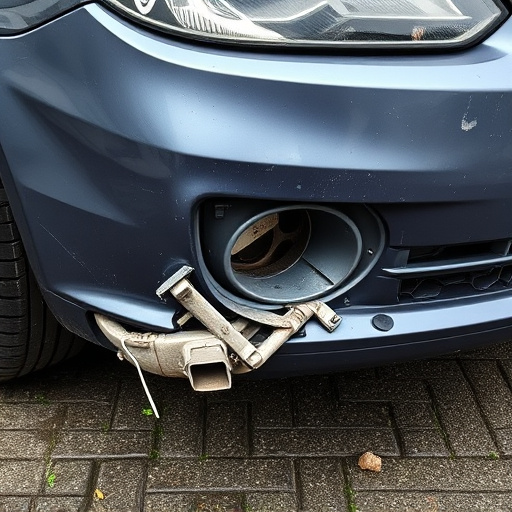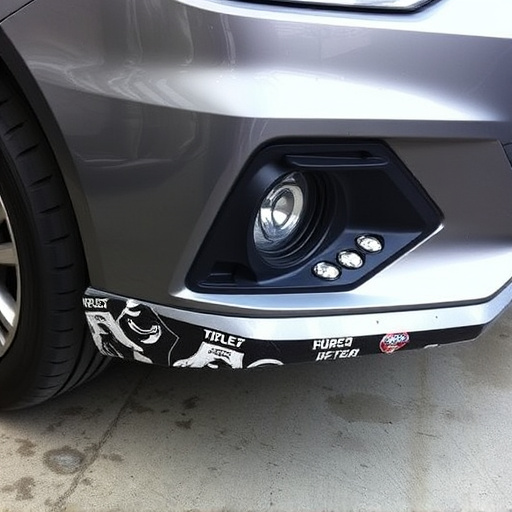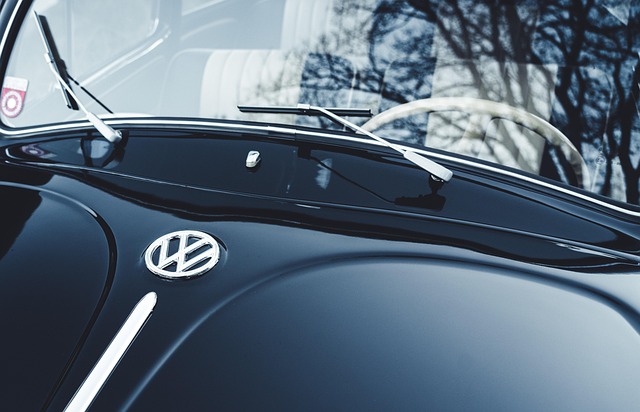Mercedes infrared-reflective glass offers advanced safety and comfort features by reflecting harmful UV and IR radiation, keeping interiors cool, reducing glare, and preventing heat-related damage. It enhances driver visibility, privacy, and security, making it ideal for extreme climates and offering fuel savings. Automotive professionals can recommend this upgrade to address temperature and damage concerns, especially for vehicles exposed to high temperatures or needing paint repairs due to overheating.
Mercedes infrared-reflective glass is a cutting-edge technology that’s transforming the automotive industry. This innovative material goes beyond standard windshields, offering enhanced safety and comfort features. In this article, we’ll explore the underlying technology, unraveling the benefits of infrared-reflective glass in vehicles. We’ll then conduct a comprehensive comparison between Mercedes’ advanced option and traditional windshields, highlighting performance differences and advantages. Discover why Mercedes infrared-reflective glass could be a game-changer for driver experience and vehicle protection.
- Understanding Mercedes Infrared-Reflective Glass Technology
- Advantages of Using Infrared-Reflective Glass in Windshields
- Comparison: Standard vs. Infrared Windshield Performance
Understanding Mercedes Infrared-Reflective Glass Technology

Mercedes infrared-reflective glass is an advanced automotive innovation designed to enhance safety and comfort. This cutting-edge technology utilizes a special coating that reflects infrared radiation, such as heat and light from the sun, while allowing visible light to pass through. By managing the amount of heat entering the vehicle, these glass panels contribute to better interior temperature regulation, reducing the need for excessive air conditioning.
This reflective coating is not just about comfort; it also plays a significant role in protecting against harmful UV rays and reducing glare. In regions with high sun exposure, such as during hailstorms or extreme weather events, this technology can prevent car damage repair by shielding the interior from intense heat and radiation, thus minimizing the risk of warping or cracking. Moreover, its ability to reduce glare enhances visibility for drivers, aiding in preventing accidents and facilitating smoother, safer car dent removal processes post-incident.
Advantages of Using Infrared-Reflective Glass in Windshields

Using Mercedes infrared-reflective glass in windshields offers significant advantages that enhance both performance and safety. This cutting-edge technology is designed to reflect a substantial portion of incoming infrared radiation, which translates into reduced interior heat build-up during hot weather conditions. As a result, drivers enjoy a more comfortable cabin temperature, leading to improved driving experience, especially in regions with extreme climates.
Moreover, the reflective properties of this glass play a crucial role in privacy and security. By reflecting light rather than absorbing it, infrared-reflective glass makes it harder for onlookers to peer into the vehicle, adding an extra layer of protection against unwanted attention during traffic or when parked. This feature is particularly beneficial for individuals concerned about personal safety and security, especially during a fender bender or while visiting auto body shops for repairs, ensuring their privacy is maintained even in transparent glass components.
Comparison: Standard vs. Infrared Windshield Performance
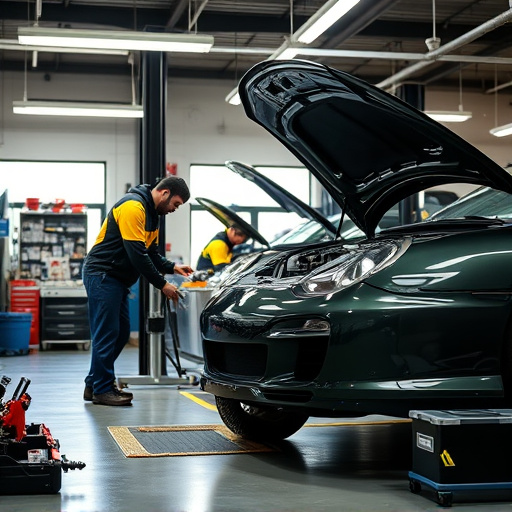
When comparing Mercedes infrared-reflective glass to standard windshields, the performance differences are notable. Infrared-reflective glass is designed with a special coating that reflects a significant portion of infrared heat, which can lead to substantial interior cabin cooling during hot weather conditions. This not only enhances driver comfort but also reduces the workload on the air conditioning system, potentially saving fuel and lowering emissions.
In contrast, standard windshields offer minimal protection against infrared radiation. They do not actively manage heat transfer, resulting in a warmer interior space. For automotive body shops and car body restoration specialists, this presents an opportunity to recommend or install Mercedes infrared-reflective glass as a premium upgrade for vehicles, particularly those with frequent exposure to high temperatures or where vehicle paint repair is a regular concern due to overheating-related damage.
Mercedes infrared-reflective glass represents a significant advancement in automotive technology, offering numerous advantages over standard windshields. By reflecting a portion of the sun’s infrared rays, these innovative glass panels help reduce interior heat build-up, enhancing passenger comfort and enabling drivers to maintain optimal visibility during hot weather conditions. This cutting-edge material is a worthy investment for any vehicle owner seeking improved performance and a more enjoyable driving experience.

